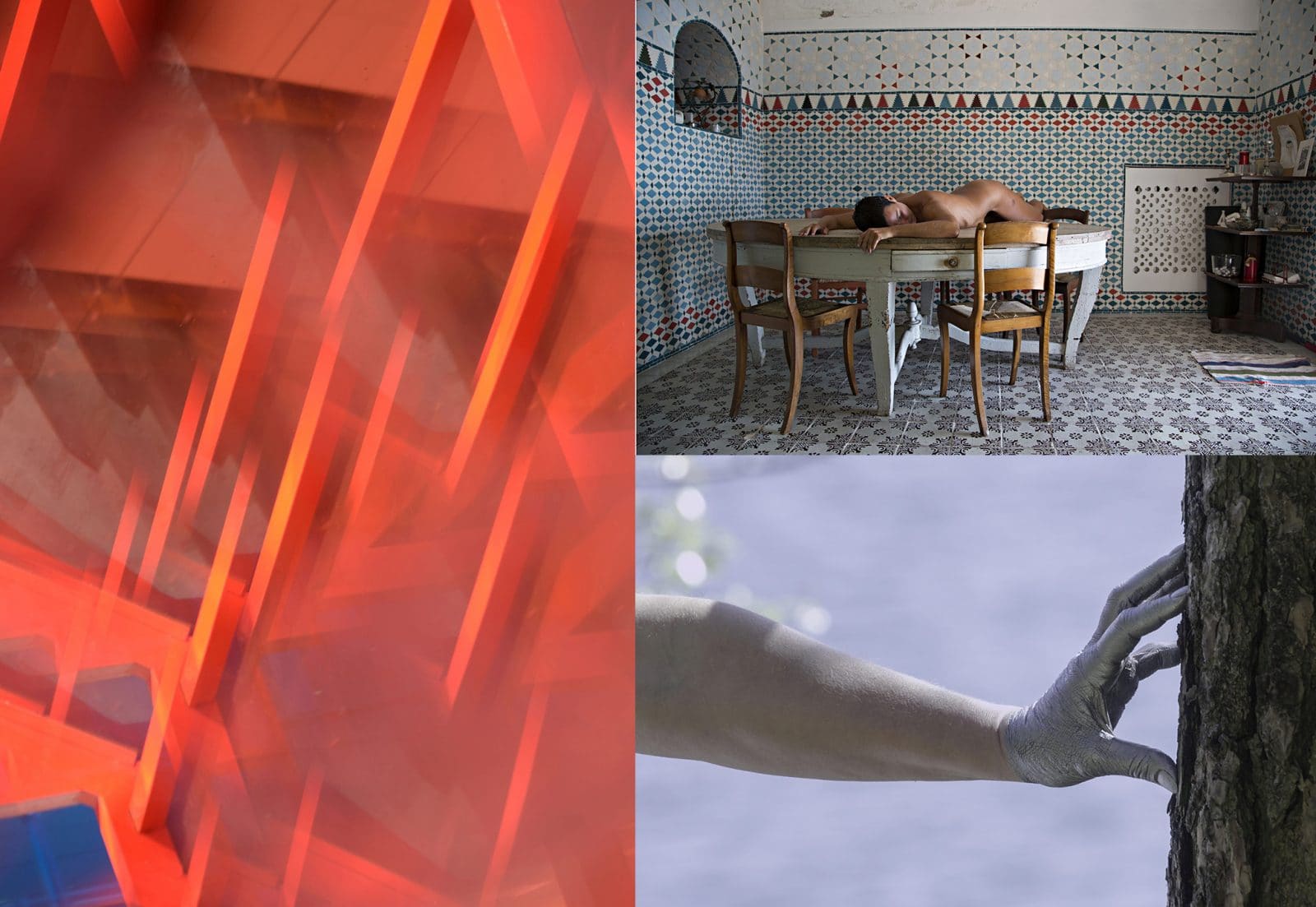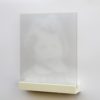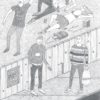Sunderø Art Gallery has the pleasure to announce that we will attend this years Cosmoscow with the Norwegian artists Christine Istad, Gitte Sætre and Ina Otzko. The artists are chosen on account of their fine artistic oeuvre, and also because we feel their works will reflect our curatorial idea in an outstanding way.
Regarding Spaces is based on the artist’s interest in human interaction and behaviour; how we physically and psychologically confront, adapt to and interact with our surroundings. The project questions how a person’s presence influences our perception of space, and how any given space affect ones identity and behaviour within it. The main issue being what our responses and actions are, when confronted by the uncanny of the unknown, or unacceptable events? Identity, relationships, society and modern, high speed cities are topics of concern for the chosen photographers.
All three artists have their own unique way of approaching these questions, whether they be personal, political or philosophical – or through meticulous studies of patterns, light and colours.
Ina Otzko’s Interiors series shows the artists body in various positions in the interior of an old Italian mansion. Her poses are appropriations of nude photos and paintings of older artists like Man Ray, Alfred Stieglitz and Edward Munch. But unlike the female models of her predecessors, Otzko’s position is dual: Posing as object of the viewers gaze, she puts herself in a vulnerable situation. But as orchestrator of the given set, she places herself in the position of the viewer and in charge of the situation.
Otzko’s various poses may be interpreted as interactions with a given environment’s extant energy, a personal confrontation and self-consolidation within a space. In one of the photos the artist sits in a chair, half smiling, confronting the viewer with her direct stare. In the background hangs a man’s shirts and ties. Is she confronting him or us? Another picture shows her in a sprinter’s position besides two chairs, ready to run towards the viewer. If she starts running, would she stop before she plunges into us? In yet another you find her on a table. A female body to be consumed. She appears defenceless, fresh meat offered.
Two pictures show Otzko against a wall, lying on a white sheet. Light sculptures her body, her whole being meditative and content. In the barren room, she seems untouchable, sheltering as in a monastery cell.
The mythological aspect of her pictures is clearly present in Mutatio, where Otzko sits, holding a man in her arms. The space around them gives no evidence to where they are. The title (mutatio from latin; change or transformation), may refer to the mans skin, seemingly transforming from dark to a lighter hue. Or – given the pieta pose of the figures – to the transcendence from life to death.
Gitte Sætre´s Magic of Seven series depicts collective exercises involving seven women, juxtaposed with archival material from various wars that unfold. The artist is known for her activist approach on art, but also for her poetic interpretations of the interaction between men, what is man-made and what is nature.
In Magic of Seven Sætre argues that warfare affects our physical and mental health, as well as damage the nature for future generations. The series explores the interplay between individual human actions and collective patterns, where seven women create a peace ritual to counteract the dominant logic of violence.
The narrative of the series starts with seven women leaving their homes, being confronted with harsh scenes of war. The women separately embarge on a journey that leads them to a lake in the woods, where they perform a ritual, seeking purification. The white moose, symbolizing the enigma of wild nature, offers them other dimensions of reality, encouraging a change in the way we perceive the world.
Sætre’s work is characterized by the weight of contemporary society, opening rooms for quiet reflection. As a whole Magic of Seven depicts an inner consciousness, where intrinsic values and dreams are brought to the fore. The artist uses contrasts to underline the intention of her art. Beside an image of a silver hand, touching the trunk of a tree, you find pictures of a submarine and a launcher ramp for rockets. No difference is emphasized regarding the aesthetics of each motive, giving an impression that each photo depicts a motive of equal moral value. It is only through the reflections of a viewer her motives are contextualized. Thus, Sætre encourages us to meditate the processes that form a society, finding a way to a more poetic, peaceful and mysterious world.
Using the camera as magnifier, Christine Istad focuses and defocuses, distorts and dissolves her motives in unexpected ways. The close-up photographic studies of architecture reveal her interest in patterns, light and shades, but also in mankind’s capacity to confront and adapt to the alienation of modern cities.
Istad tells us where the motives of her Dissolved series are taken: Malmö, Lisbon and Oeiras, but reveals little more. Her photographic sections estrange the original motives, transforming them into abstractions. We do not even know if what we see is an inner or an outer wall, an optical illusion or reality. Instead Istad leaves us to reflect on time and space, concretized in the patterns of light and colours of her almost nonfigurative works.
Reflections of glass, towering buildings, urbanity manifested. These are topics that interest Istad. Still, the facades she has chosen hides secrets. The sources of her motives are man made structures. In the history of a buildings creation and in it´s every day use lays layers upon layers of possible narratives. Who inhabits them? What are they doing? How do they relate to and interact with these structures?
A key element of Istad’s work is the way she treats space. Space as the width, length and formal composition of a picture, but also space as the implicit arena for human activity. Her work focuses on the contrasts of our modern and innovative metropolises, where tradition and technology are thrown into sharp relief. In hypermodern cities where people live cramped, one must find small pockets for physical and psychological space, Istad argues. Maybe one way of doing it is to develop a sensitivity to the aesthetic values of a city, like Istad does.
Istad, as well as Sætre and Otzko, states through their works that our personal identity interacts with our surroundings, and that our behaviour reflects the society of which we are part.
The question is, whether the opposite is also true. And if, how do we react to that?
We sincerely thank the Norwegian Office for Contemporary Art (OCA) for financial support and their trust in our gallery.




